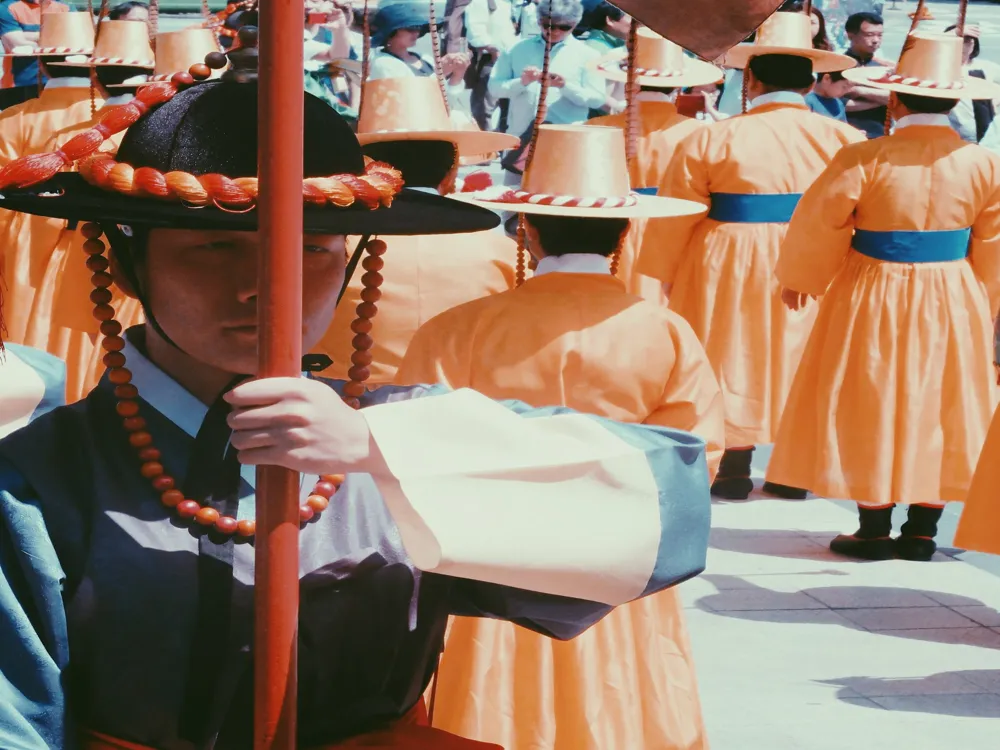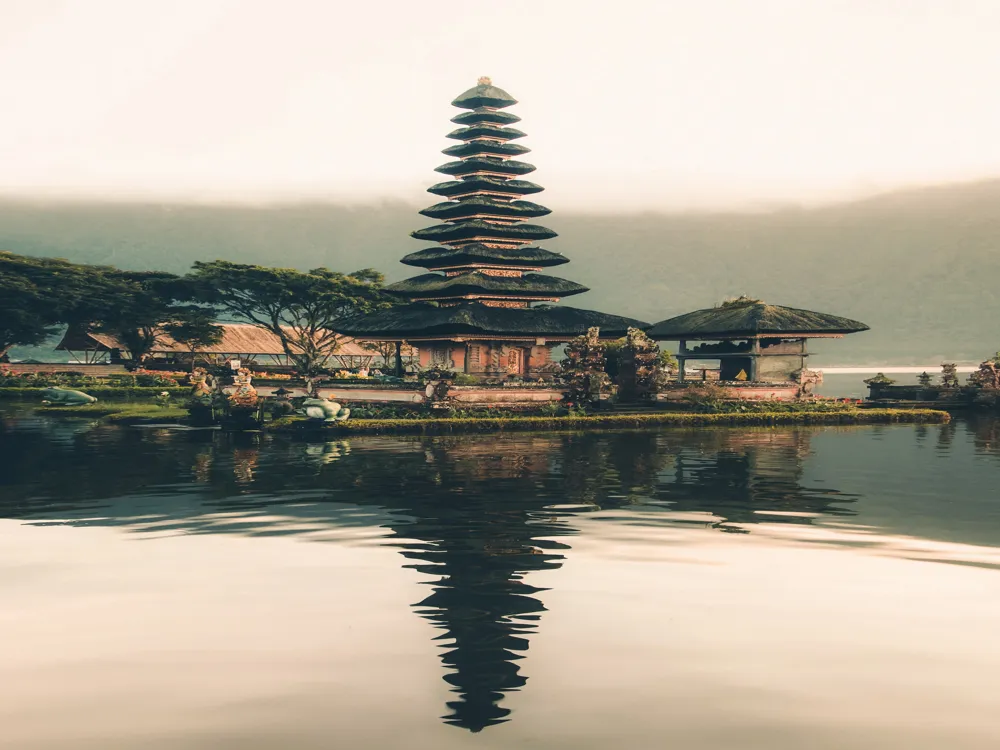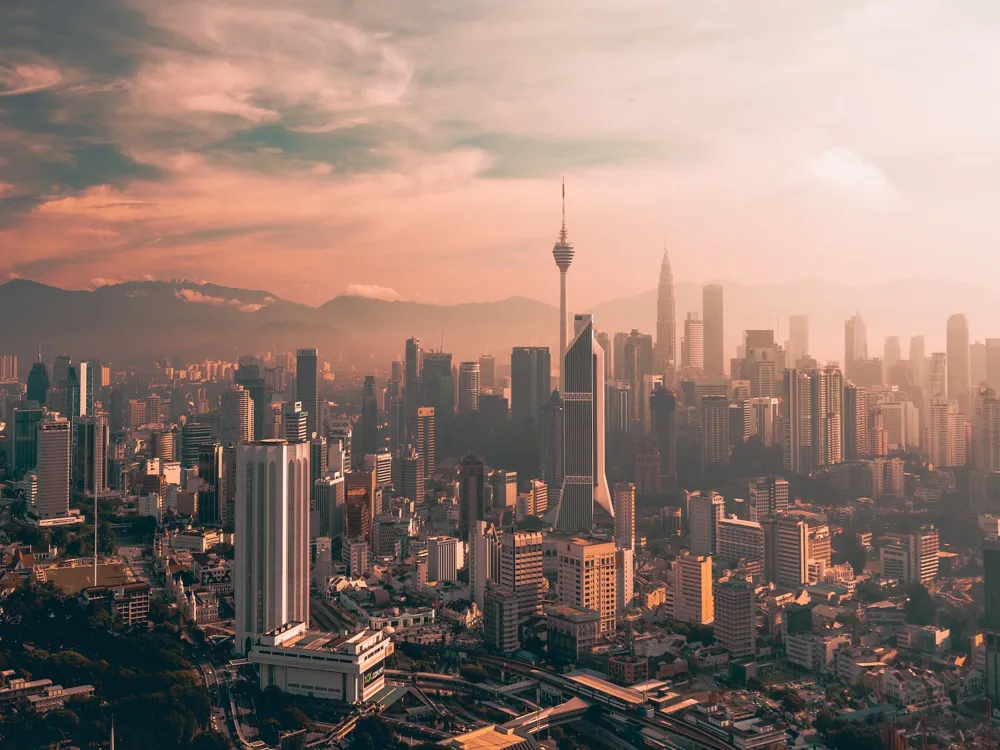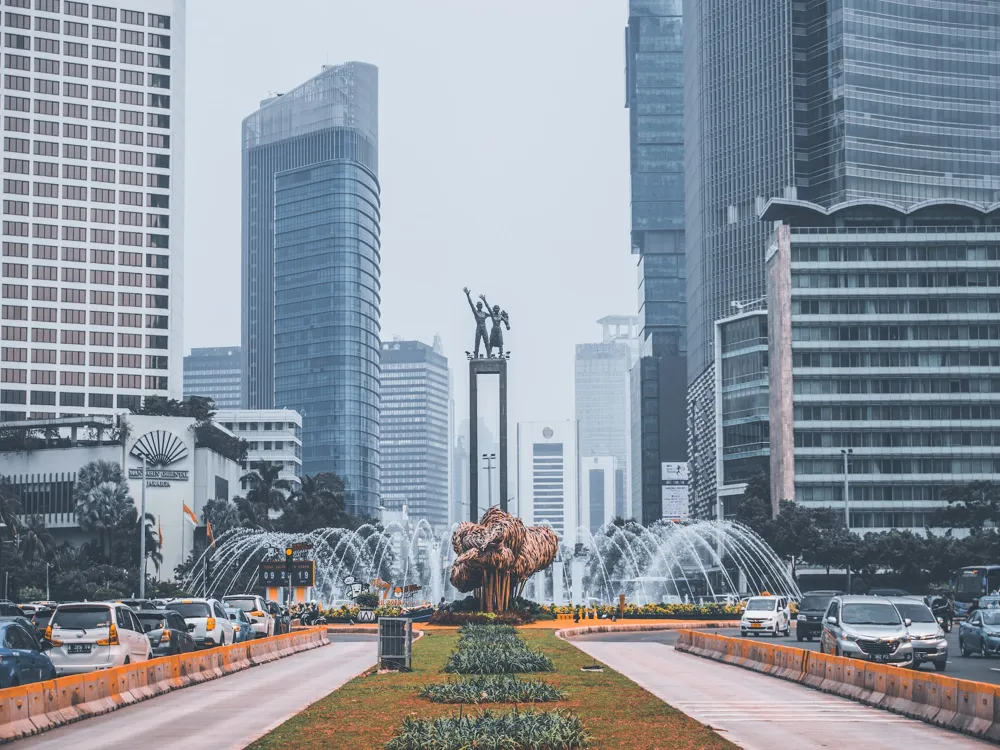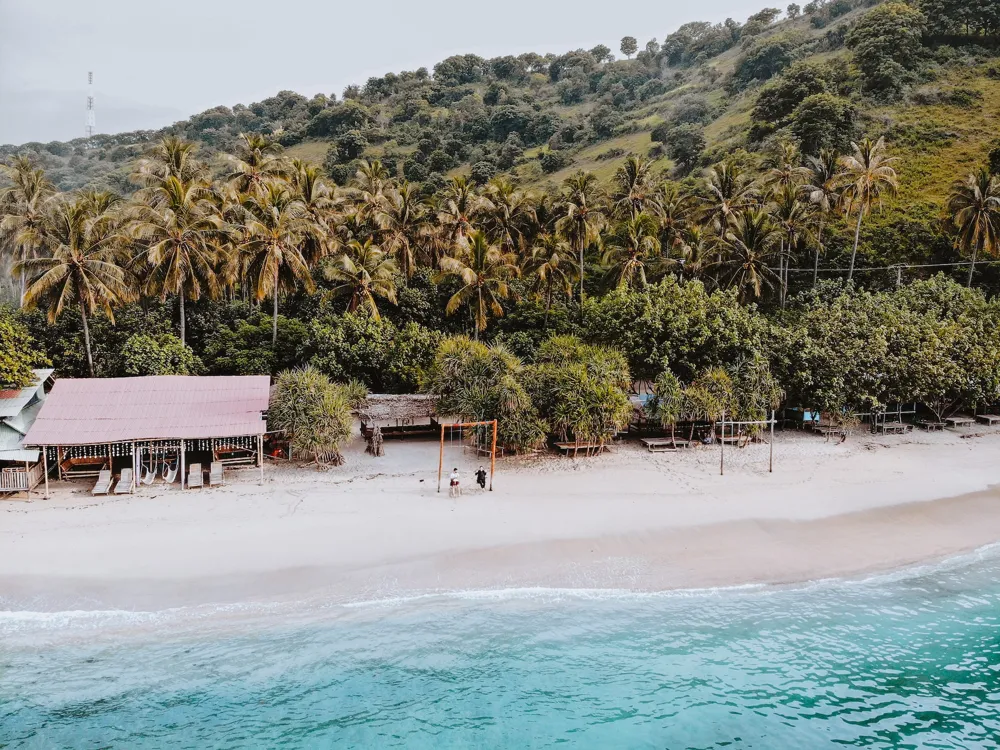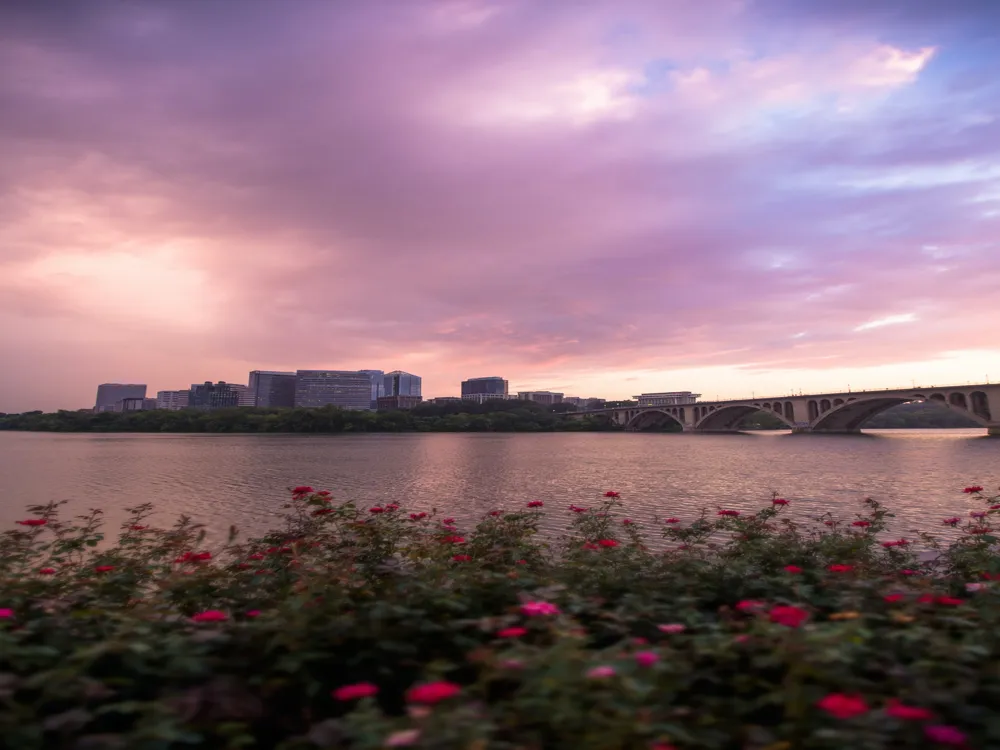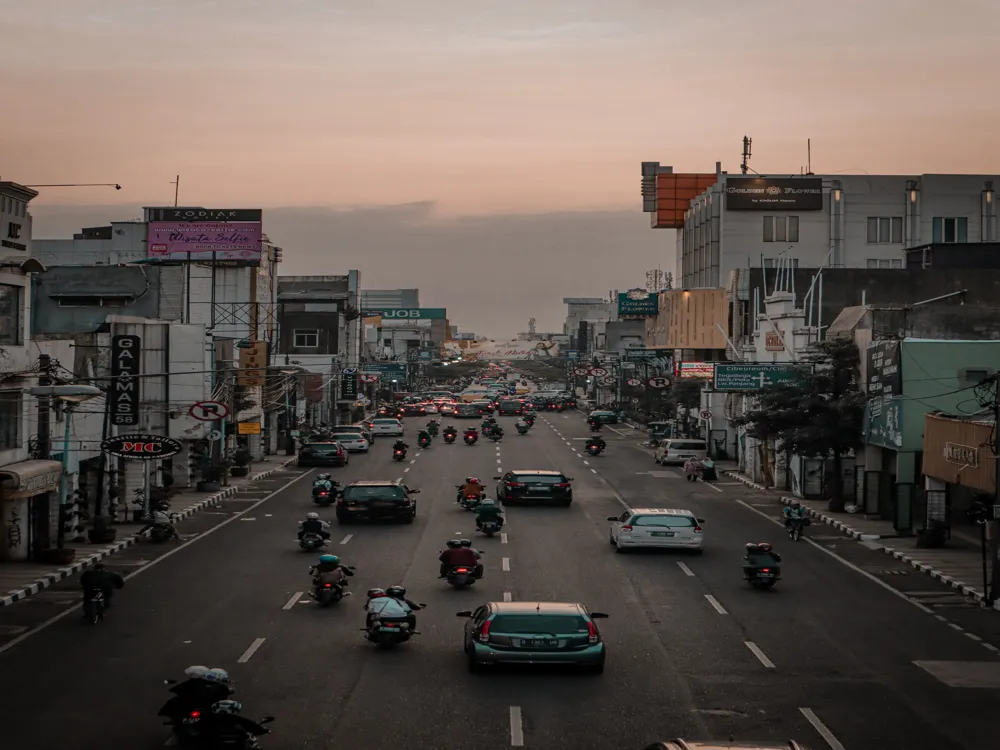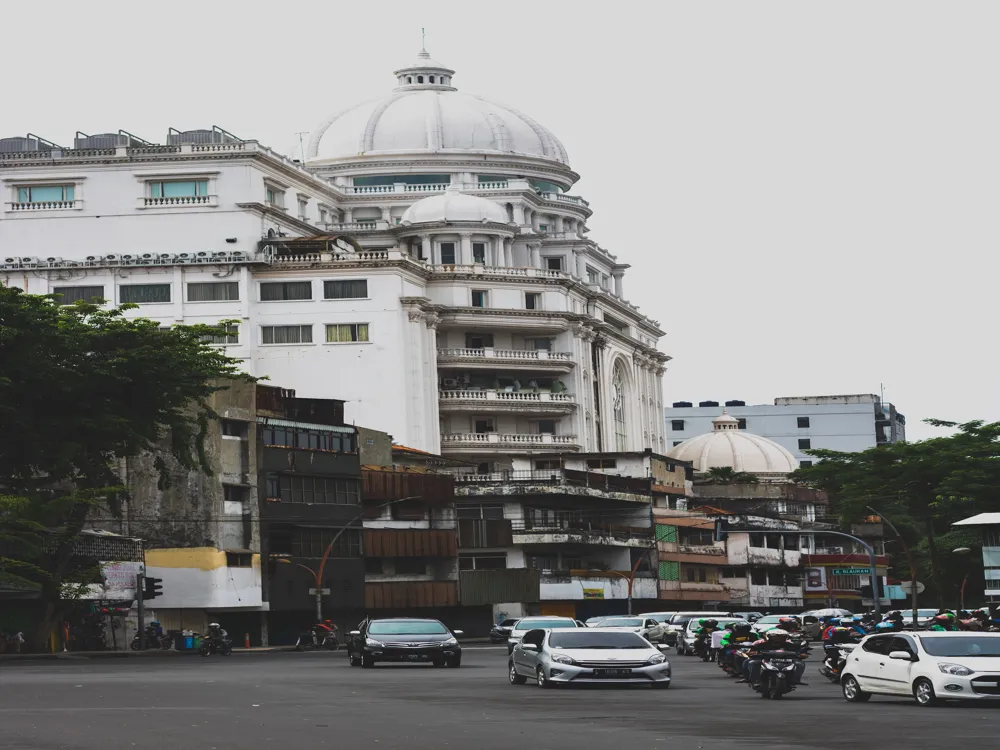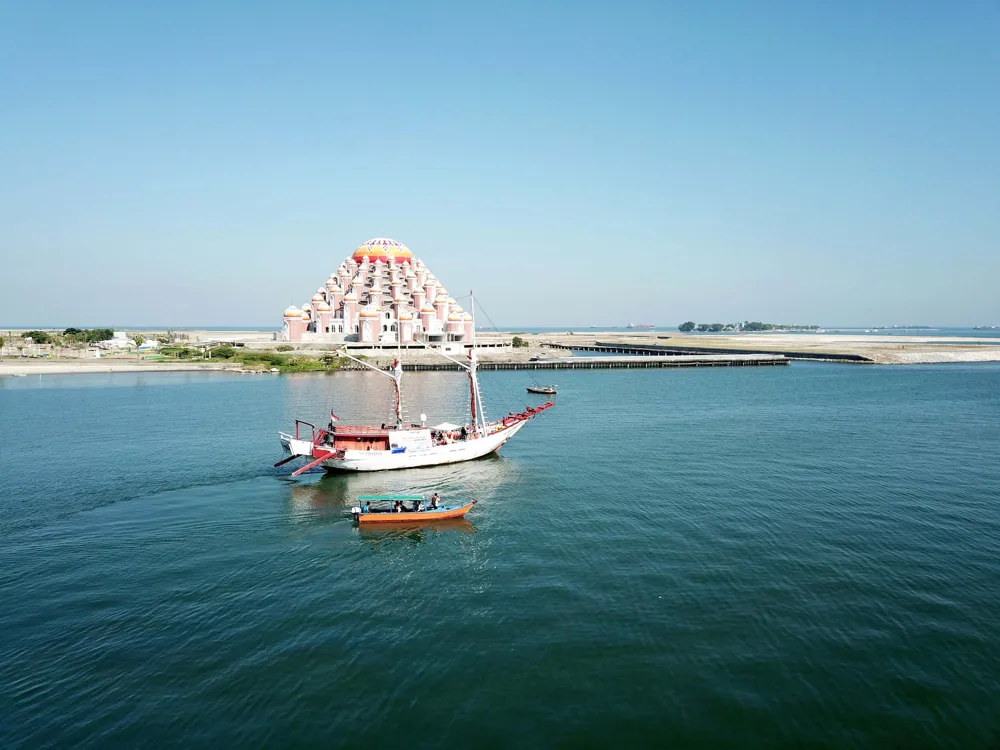Annai Vellangkanni, often referred to as the Graha Maria Annai Velangkanni, is a notable Catholic shrine located in Medan, Indonesia. This magnificent sanctuary is not only a place of worship but also a symbol of cultural and religious harmony. The shrine is dedicated to Our Lady of Good Health, an apparition of the Virgin Mary, who is highly revered by both Christians and non-Christians in the region. Its unique blend of Indo-Mogul architecture makes it stand out as an architectural marvel. The history of Annai Vellangkanni dates back to the late 20th century, when Father James Bharataputra, an Indian Jesuit priest, envisioned creating a Marian shrine in Medan. His inspiration stemmed from the renowned Marian apparition in Velankanni, India, which is deeply venerated by Catholics. The construction of the shrine began in 2001 and was completed in 2005, attracting thousands of pilgrims and visitors from all over the world. The shrine serves not only as a place of worship but also as a beacon of hope and solace for those seeking spiritual comfort. Its annual feast, celebrated on September 8th, marks the birthday of the Virgin Mary and attracts a diverse crowd, showcasing the shrine's role in promoting religious tolerance and cultural diversity. Annai Vellangkanni's significance extends beyond its religious aspects; it's a testament to the harmonious coexistence of different faiths and cultures in Indonesia. The architecture of Annai Vellangkanni is a spectacular display of Indo-Mogul design, a fusion that reflects the cultural diversity of Indonesia. The shrine's structure is unique, blending elements from Indian and Indonesian architectural styles, creating an awe-inspiring sight. Its towering facade, intricate carvings, and vibrant color palette are not only aesthetically pleasing but also symbolize a blend of cultures and faiths. At the heart of the shrine is the main altar, dedicated to Our Lady of Good Health. The altar is adorned with exquisite carvings and statues, which are not only religious artifacts but also artistic masterpieces. The use of color in the shrine is particularly striking, with bright hues dominating the interior and exterior, creating an ambiance of warmth and welcome. The shrine's design incorporates several key elements that are symbolic in nature. The dome, a prominent feature of the structure, signifies the heavens and the divine. The intricate carvings and motifs found throughout the shrine draw inspiration from both Indian and Indonesian art, symbolizing the fusion of these two rich cultures. The layout of the shrine encourages contemplation and reflection, with quiet corners and serene spaces designed for prayer and meditation. The surrounding gardens and open spaces of Annai Vellangkanni add to its serene ambiance. These well-maintained areas provide a peaceful retreat for visitors and pilgrims, allowing them to reflect and connect with the divine in a tranquil setting. The architectural brilliance of Annai Vellangkanni not only serves a religious purpose but also stands as a monument to cultural diversity and artistic expression. Visitors are advised to dress modestly, covering shoulders and knees, as a sign of respect in this sacred place. Photography is allowed, but it's important to be respectful and avoid disturbing worshippers. Flash photography is usually discouraged inside the shrine. While Bahasa Indonesia is the local language, many staff and guides at the shrine speak English. Carrying a phrasebook or a translation app can be helpful. Plan your visit around September 8th to experience the annual feast, but expect larger crowds. Participating in these events can be a unique and enriching experience. Respect the local customs and traditions. Greet people with a smile and be open to learning about the cultural significance of the shrine. The shrine is accessible to visitors with disabilities. However, during busy times, navigating the crowds may be challenging. Donations are welcome and can be made at designated areas. These contributions go towards the maintenance and development of the shrine. Annai Vellangkanni is located in Medan, the capital city of North Sumatra, Indonesia. The shrine is easily accessible by various means of transportation. The nearest airport is Kualanamu International Airport, which is well-connected to major cities in Indonesia and some international destinations. From the airport, visitors can take a taxi, bus, or rent a car to reach the shrine, which is approximately an hour's drive away. For those traveling within Medan, local transport options like taxis, buses, and ride-sharing services are readily available. It is advisable to check local traffic conditions and plan your travel accordingly to avoid peak hours. For international visitors, it's recommended to use reputable taxi services or arrange transportation through your hotel for a hassle-free experience. Annai Vellangkanni's location in the heart of Medan makes it an accessible destination for both local and international visitors. Its proximity to other tourist attractions in Medan allows visitors to explore the city's rich cultural heritage and natural beauty alongside their visit to the shrine. Read More:Overview of Annai Vellangkanni, Medan
Architecture of Annai Vellangkanni
Tips When Visiting Annai Vellangkanni
Dress Code
Photography
Language
Feast Days and Special Events
Local Etiquette
Accessibility
Donations
How To Reach Annai Vellangkanni
Annai Vellangkanni
Medan
NaN onwards
View medan Packages
Medan Travel Packages
View All Packages For Medan
Top Hotel Collections for Medan

Private Pool

Luxury Hotels

5-Star Hotels

Pet Friendly
Top Hotels Near Medan
Other Top Ranking Places In Medan
View All Places To Visit In medan
View medan Packages
Medan Travel Packages
View All Packages For Medan
Top Hotel Collections for Medan

Private Pool

Luxury Hotels

5-Star Hotels

Pet Friendly











